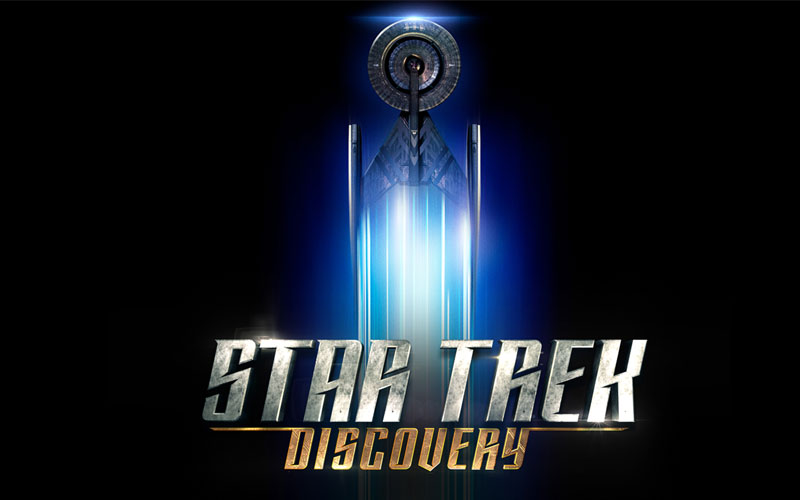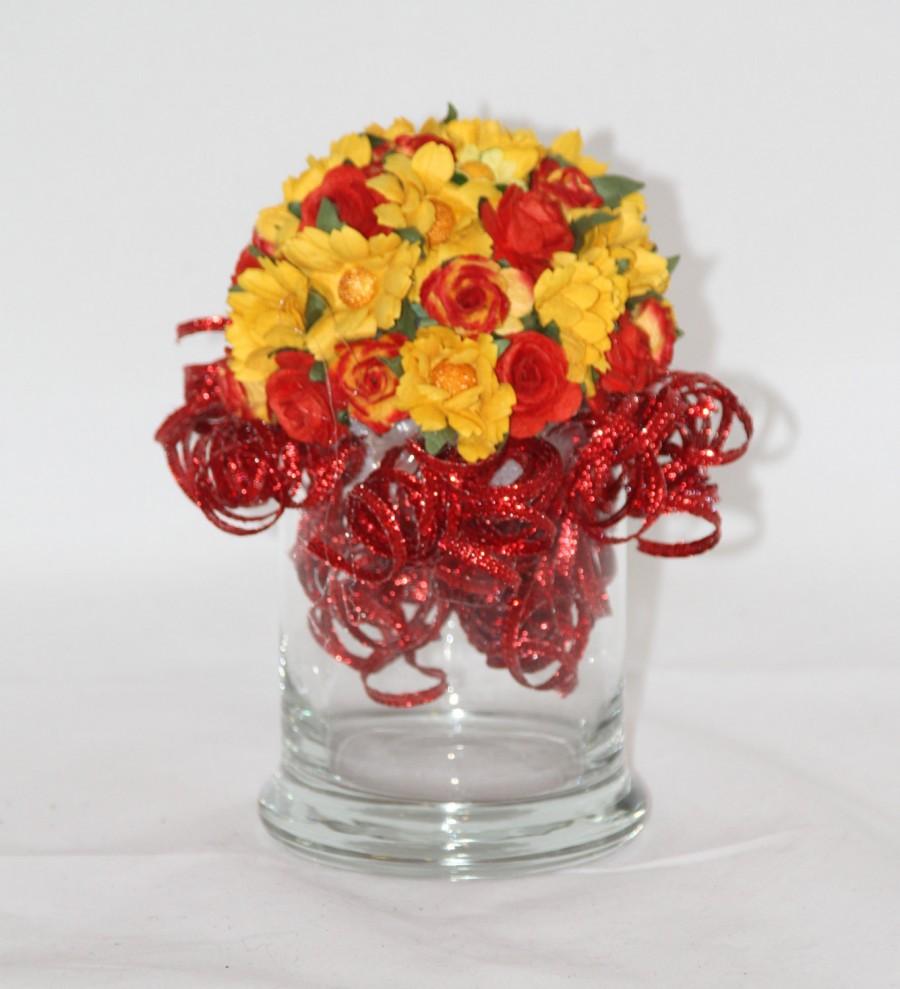The start of a new year (or the end of the previous one) is a time for looking forward, setting goals making resolutions and planning for the future. There's a general view that looking back isn't healthy and focusing on the past doesn't create a healthy mindset. This is often the case if the previous year has been difficult, challenging or simply awful.
I disagree.
Looking back at the past can help us identify our strengths, our victories and how we can build on them.
The shepherd boy David took on the giant Goliath. He volunteered, based on his previous experience and his previous victories with God. He knew his God; he knew his place and he knew his own history.
1 Samuel 17:
34But David said to Saul, “Your servant has been keeping his father’s sheep. When a lion or a bear came and carried off a sheep from the flock, 35I went after it, struck it and rescued the sheep from its mouth. When it turned on me, I seized it by its hair, struck it and killed it. 36Your servant has killed both the lion and the bear; this uncircumcised Philistine will be like one of them, because he has defied the armies of the living God. 37The Lord who rescued me from the paw of the lion and the paw of the bear will rescue me from the hand of this Philistine.”
David had learned from his experiences with God, conquering lions and bears in previous years, and he used this experience with 'small things' in preparation for his next challenge.
So, look back over your shoulder, take stock and review your victories, your experience and the positives. Carry them with you (like a sling and a staff) and go take on your giants!
I disagree.
Looking back at the past can help us identify our strengths, our victories and how we can build on them.
The shepherd boy David took on the giant Goliath. He volunteered, based on his previous experience and his previous victories with God. He knew his God; he knew his place and he knew his own history.
1 Samuel 17:
34But David said to Saul, “Your servant has been keeping his father’s sheep. When a lion or a bear came and carried off a sheep from the flock, 35I went after it, struck it and rescued the sheep from its mouth. When it turned on me, I seized it by its hair, struck it and killed it. 36Your servant has killed both the lion and the bear; this uncircumcised Philistine will be like one of them, because he has defied the armies of the living God. 37The Lord who rescued me from the paw of the lion and the paw of the bear will rescue me from the hand of this Philistine.”
David had learned from his experiences with God, conquering lions and bears in previous years, and he used this experience with 'small things' in preparation for his next challenge.
So, look back over your shoulder, take stock and review your victories, your experience and the positives. Carry them with you (like a sling and a staff) and go take on your giants!







































